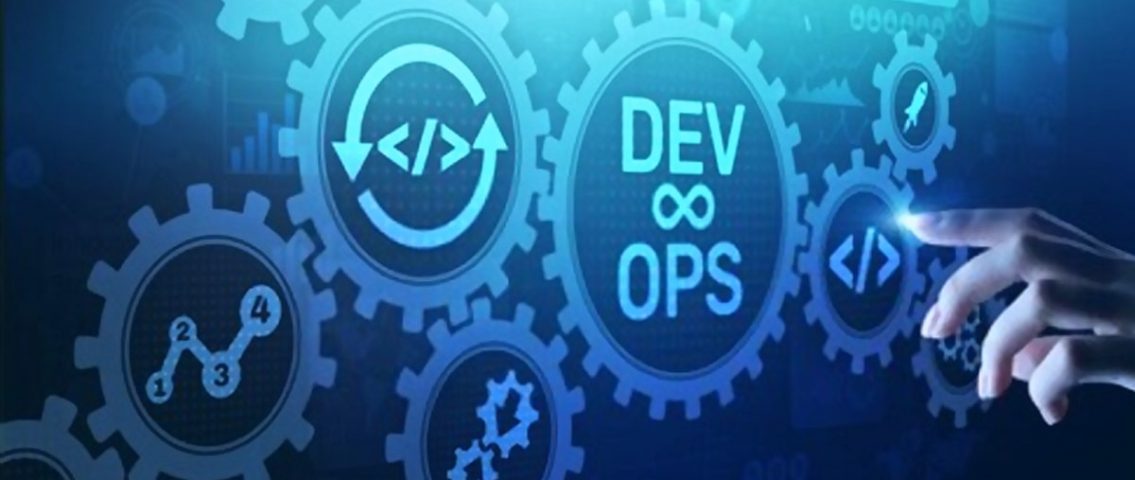How to Secure CI/CD Pipelines with these 5 Key DevSecOps Practice

Audio : Listen to This Blog.
While we understand the importance of ‘Continuous Everything’ and stress on CI/CD pipelines, we must also pay heed to its safety requirements. There are hidden security vulnerabilities in our codes that often hamper the operations and testing lifecycle phase. And on top it, vulnerabilities, which we import with third-party libraries via OSS – open-source software could make things worse.
While we are building CI/CD pipelines, coders are working on plethora of codes. These codes need a thorough checking mechanism. Checking all the codes manually is a task impossible. Thus, we have DevSecOps.
Continuous Everything and DevSecOps work in tandem. For the environment to have continuity, there mustn’t be any kind of threat. Because if there is, it will make the Continuous Everything to crumble down.
The process of following Continuous Everything culminates into continuous delivery pipelines. These pipelines help in vetting daily committed codes. Therefore, it makes sense to patch security checks within these pipelines and run them automatically. This way any unseen vulnerabilities will be nipped in the bud.
Let’s see the five key DevSecOps steps to ensure security in CI/CD pipelines.
1. Pre Source Code Commitment Analysis
The DevSecOps team must check the codes thoroughly before submitting it to the source code repository. The DevSecOps team can leverage SAST – (Static Analysis Security Testing) tools for analyzing the codes. Therefore, the team can detect any kind of mismatch in coding best practices and prevent the import of third-party libraries, which are insecure. After the check, the team can fix recurring security issues before it goes to source code. This way, manual tasks can be easily automated, and productivity can be boosted.
However, the DevSecOps team must ensure that the SAST tool works well with the programming language. Lack of compatibility between the two could hamper overall productivity.
2. Source Code Commitment Analysis
These checks apply to any changes a coder executes in the source code repository. It is generally an automated security test to give a quick idea of changes required. Therefore, implementing a source code commitment analysis could help to create processes, which are strategically defined to ensure security checks. Further, it also assists the DevSecOps teams in debugging issues that might create unnecessary risks in the projects.
Here too, you can use the SAST tool by applying certain rules, which suit your application. Also, you could identify top vulnerabilities for your applications and run checks for them automatically. These can be either XSS scripting or SQL injection. Developers also can perform extended unit testing. The unit test use cases can differ according to the application and its features. Lastly, coders must gauge results from the automated test and make necessary changes in their coding styles.
3. Advanced Security Test – Post Source Commitment Analysis
On completion of the aforementioned steps, the DevSecOps team must ensure an advanced check, which is triggered automatically. This is a necessary step, in case the unit test fails, and/or the SAST test isn’t helping, there is an issue of programming language compatibility. Vulnerabilities are then detected and if a threat of grave nature is found, it needs to be resolved.
The automated post source commitment analysis would typically include open source threat detection, risk-detection security tests, PGP-signed releases, and using repositories to store artifacts.
4. Staging Environment Code Analysis
The staging environment is the last stage before an application is moved to production. Therefore, the security analysis of every ‘build’ from the repository becomes essential. Here, apart from SAST, the security team must also execute DAST, performance, and integration checks. The advanced rules set in SAST and DAST must be aligned to the OWASP checklist.
DAST would assist security teams in testing sub-components of applications for vulnerabilities and then deploying it. Moreover, an application, which is in the operational state, can be likewise examined. This also means that DAST scanners are independent of programming languages.
The test of third-party and open source components including logging, web frameworks, XML data, or parsing json is also significant. Any vulnerabilities here must be properly addressed before moving to the production stage.
Pre-Production Environment Code Analysis
In this step, the DevSecOps team must ensure that an application deployed to a production stage has zero errors. This is done post-deployment. An optimal way to conduct this check is by triggering continuous checks automatically once the aforementioned steps are complete.
DevSecOps team can identify vulnerabilities, which possibly went unnoticed in the previous steps. Further, continuous security checks would offer real-time insight into the application performance and fathom users with unauthorized access.
Conclusion
The growth of DevOps as a culture and implementation of CI/CD, as a result, would ultimately create tighter security requirements. Any kind of vulnerability and its impact increases from coding, testing, deployment to the production stage. Therefore, it is important to make security an important part of DevOps, right from the start. Additionally, it is crucial to break the silo approach, and embrace DevSecOps. Security teams that implement DevSecOps in a methodological process as listed below, make it easier to integrate processes and bring consistency in the cybersecurity.
- a. Pre Source Code Commitment Analysis
- b. Source Code Commitment Analysis
- c. Advanced Security Test – Post Source Commitment Analysis
- d. Staging Environment Code Analysis
- e. Pre-Production Environment Code Analysis
